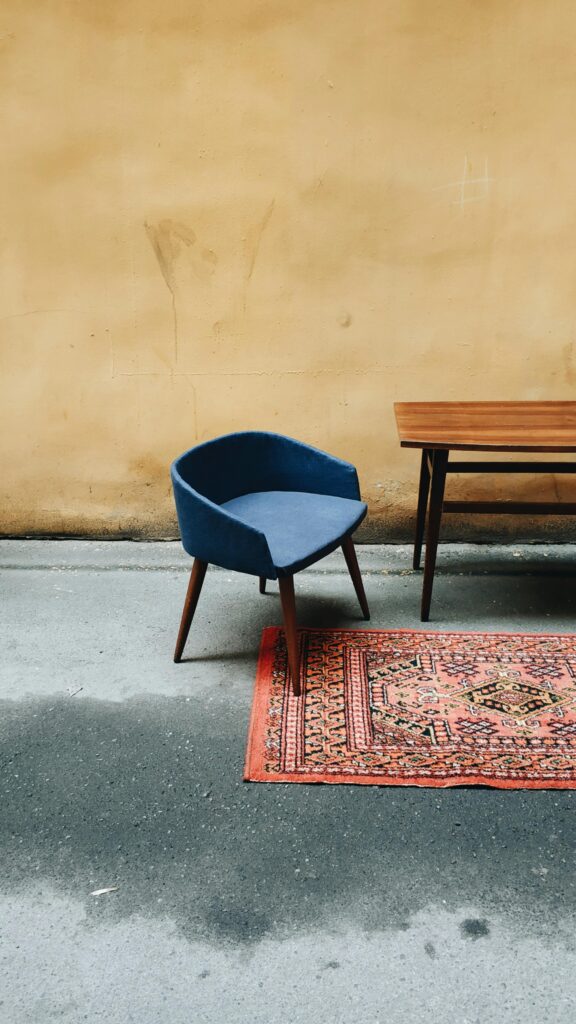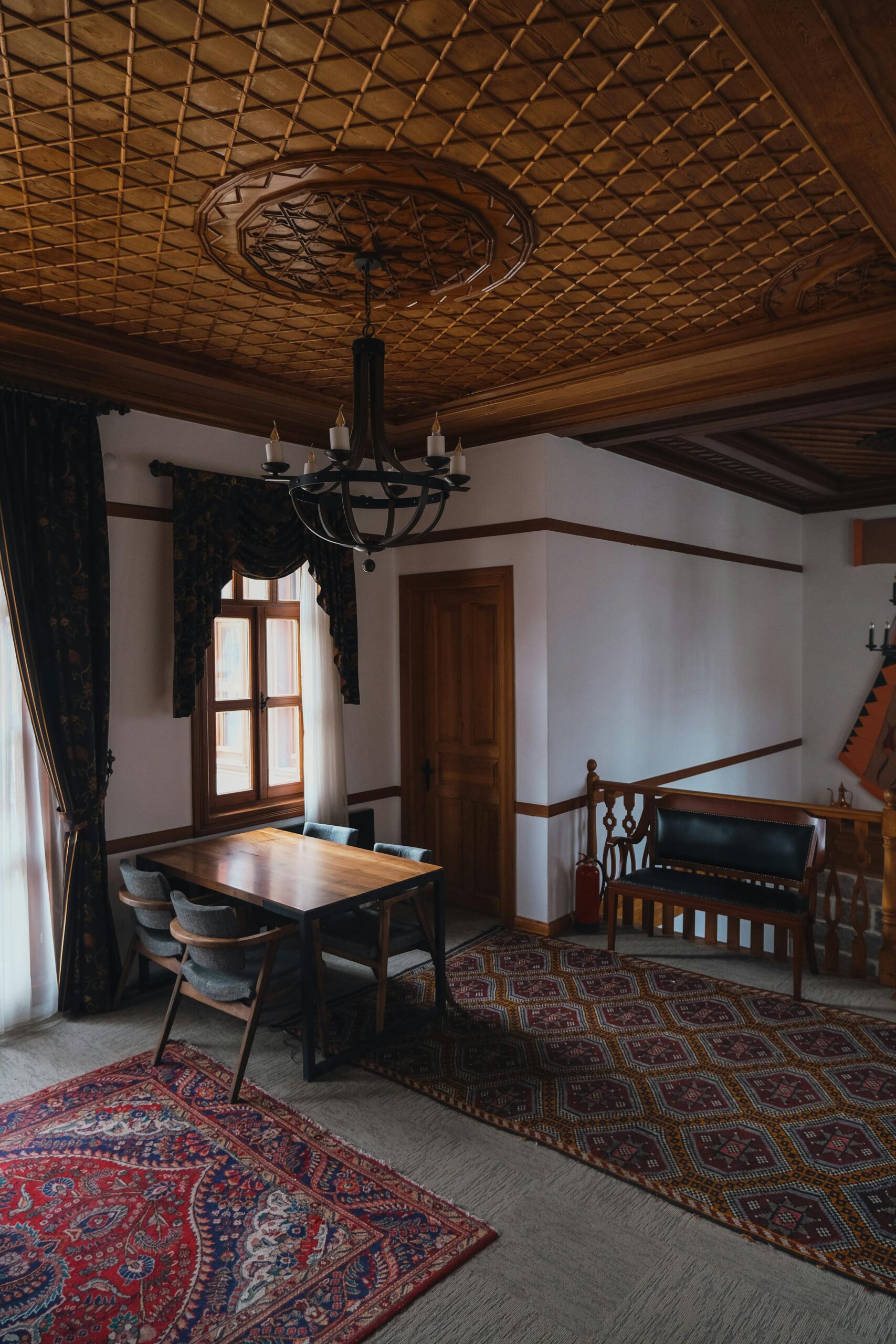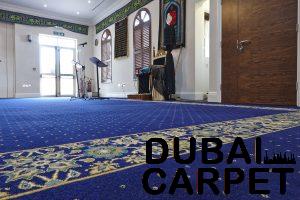Antique Persian carpets are more than just floor coverings; they are intricate pieces of art that reflect the rich cultural heritage and craftsmanship of Persia (modern-day Iran). These carpets, woven with fine materials and adorned with elaborate designs, are prized by collectors, historians, and interior designers alike. The tradition of weaving Persian carpets dates back thousands of years, and antique Persian carpets are considered some of the finest examples of this art form. In this article, we will explore the history, characteristics, and enduring appeal of antique Persian carpets.

The History of Antique Persian Carpets
The history of Persian carpets is deeply intertwined with the cultural evolution of Iran. Persian carpet weaving is thought to have begun as early as the 5th century BC, and it reached its peak during the Safavid dynasty in the 16th century. The Safavids established a thriving carpet industry in Persia, with weaving centers in cities like Isfahan, Tabriz, and Kerman. These cities became the heart of the Persian carpet trade, and their carpets were highly sought after by European royalty and aristocrats.
Antique Persian carpets represent a glimpse into the past, with each carpet telling a unique story of its time. The designs, colors, and materials used in these carpets reflect the social, political, and artistic influences of the period in which they were created. For example, carpets made during the Safavid era often feature intricate floral patterns, rich colors, and luxurious materials like silk and wool.
The Craftsmanship Behind Antique Persian Carpets
The process of weaving an antique Persian carpet is incredibly detailed and labor-intensive. Weavers typically work on a loom using natural fibers like wool, silk, and cotton. The quality of the materials used, along with the skill of the weaver, plays a significant role in determining the value of an antique Persian carpet.
One of the most important aspects of antique Persian carpets is the knotting technique used. The most common knot used in Persian carpets is the “Persian knot,” which is known for its durability and the ability to create intricate patterns. Each knot is tied by hand, and the weaver must follow a carefully planned design. This process can take months, if not years, to complete, depending on the size and complexity of the carpet.
The designs of antique Persian carpets are another key feature that distinguishes them from other carpets. These carpets often feature geometric patterns, floral motifs, and symbolic elements that have deep cultural and spiritual significance. The use of vibrant colors, such as red, blue, gold, and ivory, is also a hallmark of antique Persian carpets.
Take a moment to explore this products →
The Different Types of Antique Persian Carpets
There are several different types of antique Persian carpets, each with its own unique style and characteristics. Some of the most well-known types include:
- Isfahan Carpets: Isfahan is one of the most famous carpet-producing cities in Persia, and carpets woven in this region are renowned for their intricate floral patterns and fine craftsmanship. Antique Isfahan carpets are often considered some of the most valuable in the world.
- Tabriz Carpets: Tabriz is another major carpet center in Persia, known for producing carpets with a wide variety of designs, including floral, medallion, and geometric patterns. Tabriz carpets are often made with a combination of wool and silk, which gives them a luxurious appearance and feel.
- Kerman Carpets: Kerman carpets are famous for their soft texture and delicate floral patterns. These carpets are typically woven with high-quality wool and are known for their rich color palettes, which often include shades of red, blue, and ivory.
- Heriz Carpets: Heriz carpets are known for their bold, geometric designs and are often used as statement pieces in both traditional and modern interiors. These carpets tend to have a more rustic and less intricate look compared to other types of antique Persian carpets.
- Qashqai Carpets: The Qashqai people of southwestern Persia have a long tradition of weaving carpets, and their antique carpets are highly prized for their bold, tribal patterns and vibrant colors. These carpets are often made with wool and feature a wide range of motifs, including animals, flowers, and geometric shapes.
Each of these types of antique Persian carpets has its own distinct characteristics, and collectors often specialize in specific regions or styles.
Why Antique Persian Carpets Are So Valuable
There are several reasons why antique Persian carpets command such high prices. One of the main reasons is their rarity. Persian carpets are typically made by hand, and only a limited number of carpets from each period and region have survived the test of time. As a result, antique Persian carpets are considered rare and valuable artifacts.
Another reason for the value of antique Persian carpets is the quality of the materials used. The best antique Persian carpets are made with natural fibers, such as wool, silk, and cotton, which are more durable and have a richer appearance than synthetic materials. The dyes used in antique Persian carpets are also of superior quality, often derived from natural sources like plants and insects. This gives the carpets their deep, vibrant colors that are difficult to replicate with modern synthetic dyes.
Finally, the craftsmanship involved in creating an antique Persian carpet is unmatched. The intricate designs and detailed knotting require a high level of skill and experience, and the time and effort involved in weaving these carpets make them truly one-of-a-kind.
The Enduring Appeal of Antique Persian Carpets
The appeal of antique Persian carpets is not just limited to collectors and historians; these carpets also have a timeless beauty that makes them highly sought after for interior decoration. Their intricate patterns and vibrant colors can add warmth and character to any room, and their luxurious texture creates an inviting atmosphere.
Antique Persian carpets are often used as focal points in traditional and contemporary interiors alike. They can be displayed in living rooms, dining rooms, bedrooms, and even in modern offices. Their versatility makes them a popular choice for people looking to add an element of elegance and history to their spaces.
In addition to their aesthetic value, antique Persian carpets are also seen as an investment. Due to their rarity and craftsmanship, these carpets often appreciate in value over time. This makes them a desirable asset for collectors and investors who are looking for a tangible, long-term investment.
Caring for Antique Persian Carpets
Because of their value and delicate nature, antique Persian carpets require proper care and maintenance to preserve their beauty and longevity. Regular cleaning is essential, but it should be done carefully to avoid damaging the fibers or colors. Professional cleaning services that specialize in antique carpets are recommended to ensure that the carpet is cleaned gently and effectively.
It is also important to avoid placing antique Persian carpets in direct sunlight for extended periods, as this can cause the colors to fade. Additionally, carpets should be rotated periodically to prevent uneven wear, especially if they are placed in high-traffic areas.
Read also:
- Why Persian Carpets Are Considered the Finest in the World
- Best Carpet Shops In Dubai
- The Timeless Beauty of Persian Carpets in Dubai
Conclusion
Antique Persian carpets are timeless treasures that offer a glimpse into the rich cultural history of Persia. Their intricate designs, high-quality materials, and expert craftsmanship make them highly sought after by collectors and interior designers alike. Whether used as a decorative piece or a valuable investment, antique Persian carpets continue to captivate people around the world with their beauty and history. The legacy of antique Persian carpets will undoubtedly continue to endure, with each new generation discovering and appreciating these magnificent works of art.









